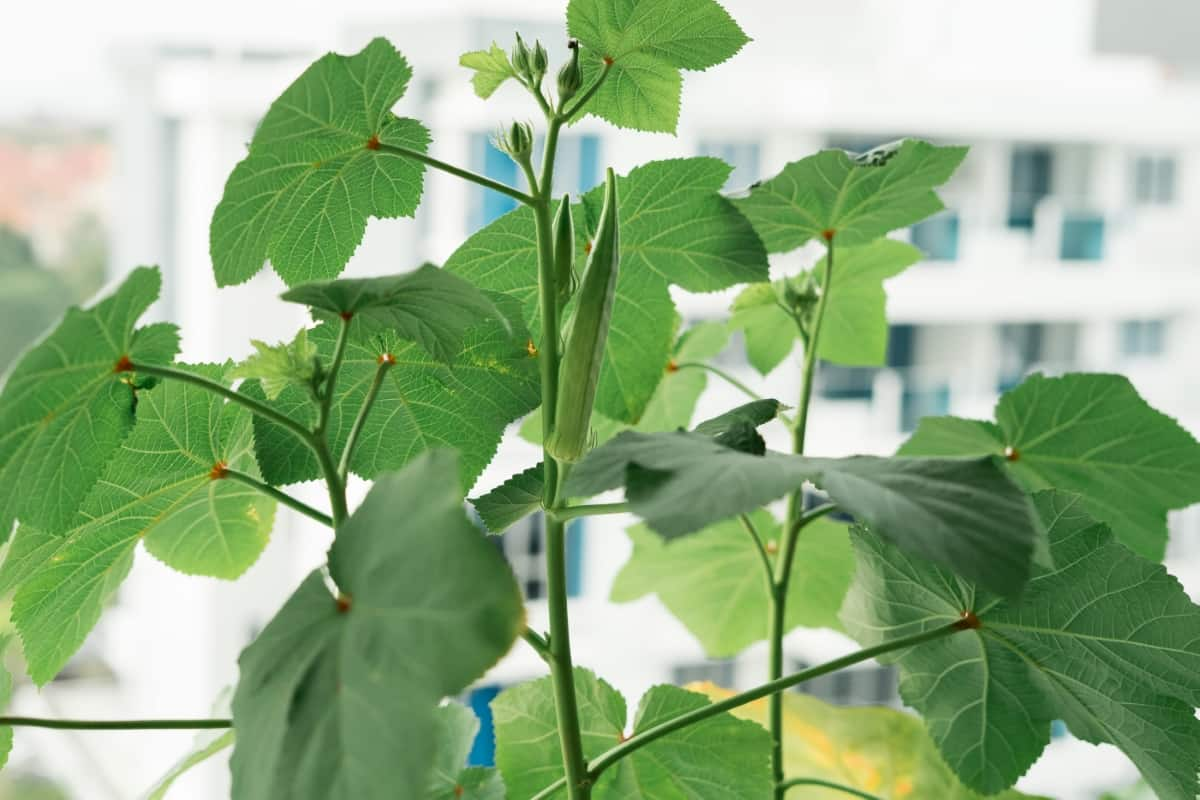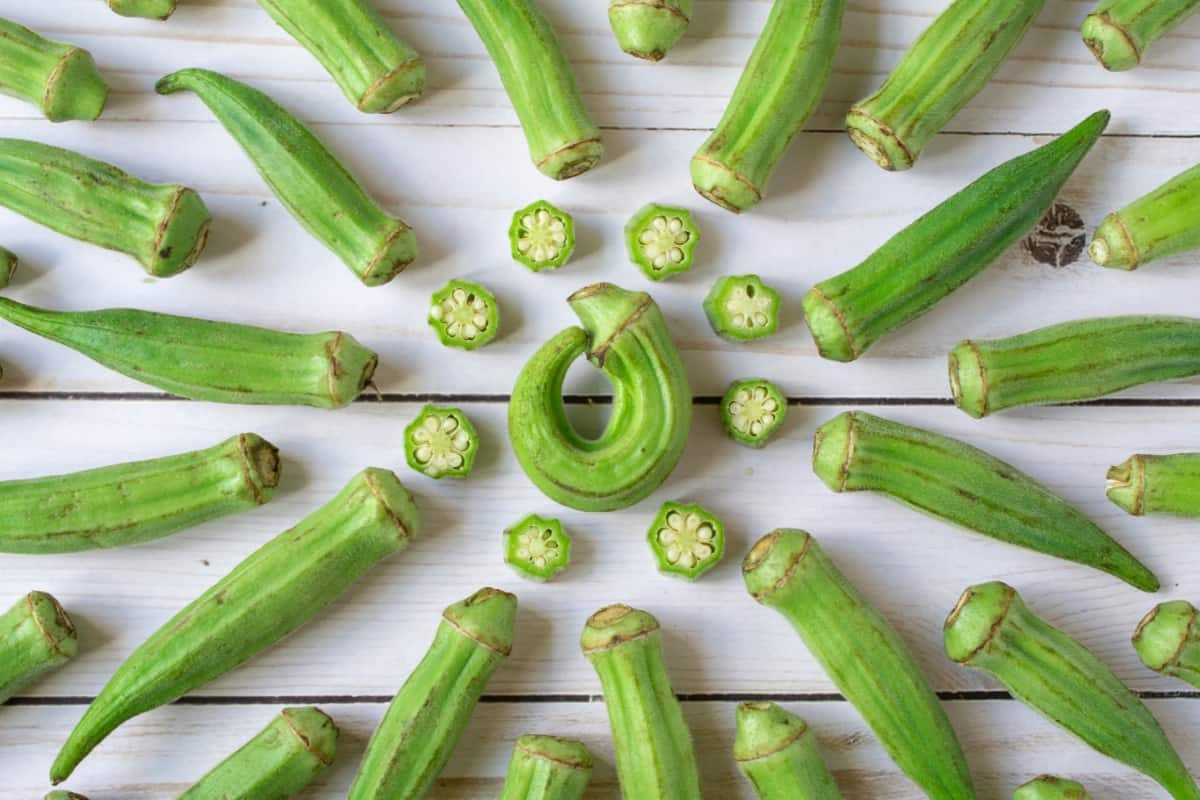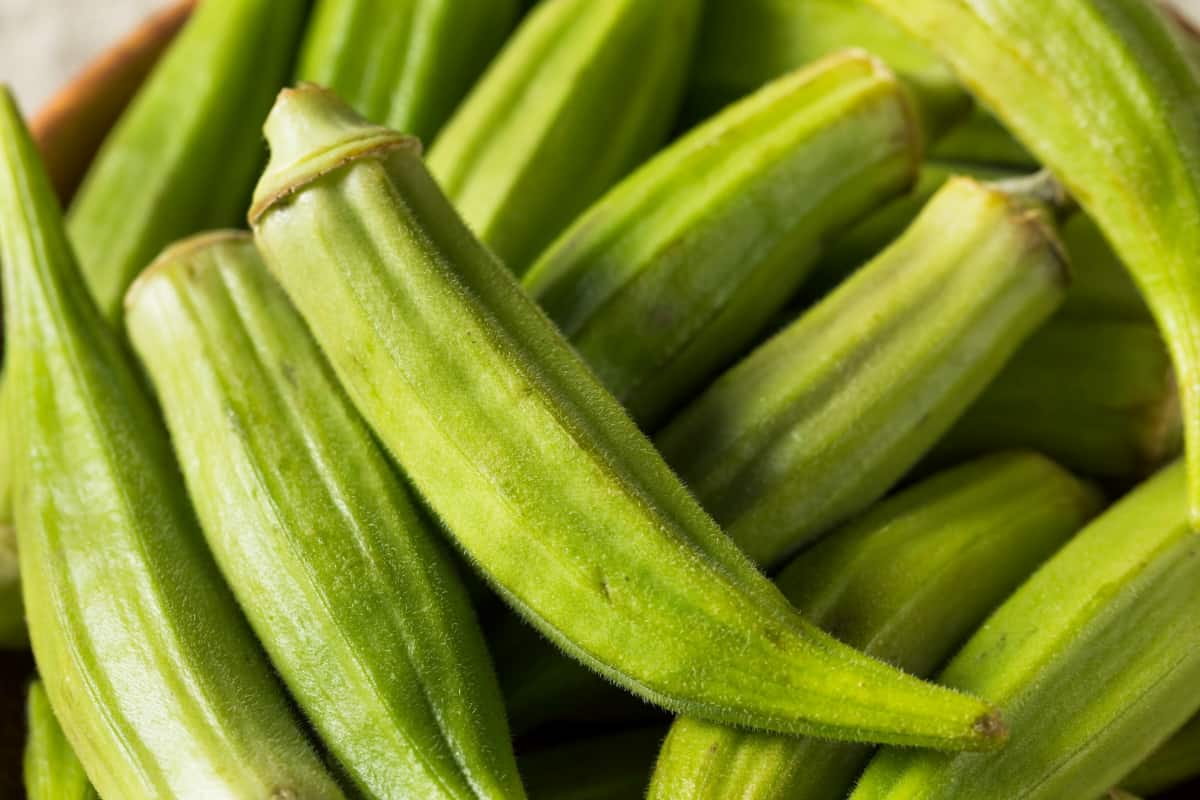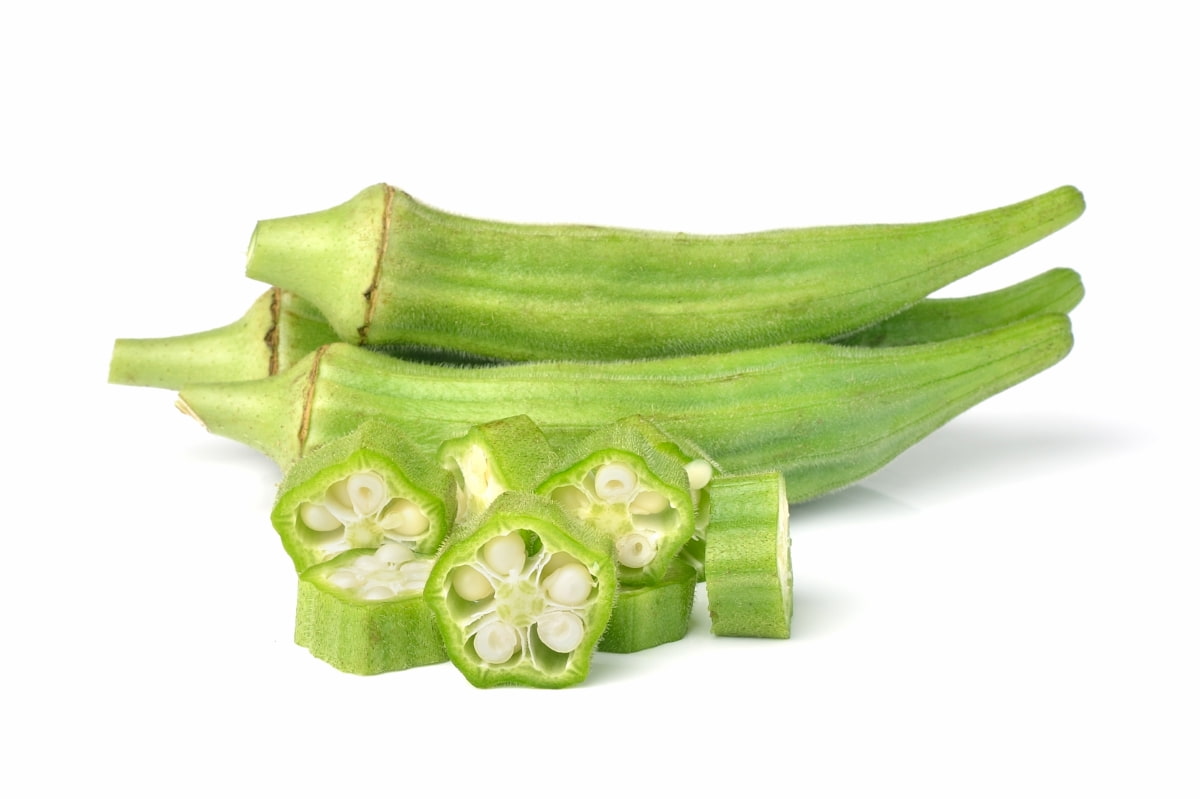The heart of the south, Georgia, is well-known for its lush landscapes and rich, fertile soils. Here, gardening enthusiasts and farmers have grown various crops, including Okra. Does Okra grow well in Georgia? Yes, indeed.
Best Time to Plant Okra in Georgia
Understanding the Climate and Soil Requirements
As a warm-season crop, Okra thrives in Georgia’s hot summer temperatures. It requires temperatures above 60°F to germinate, and for optimal growth, temperatures should be consistently above 75°F. Okra prefers well-drained, sandy, or loamy soils with a pH range of 6.0 to 7.5. So, regarding Okra gardening in Georgia, understanding your specific regional climate and soil type is the first step to success.
Selecting the Right Okra Varieties
When planning to grow Okra in the various regions of Georgia, selecting the right Okra variety is crucial. With the vast array of Okra varieties available, it might seem overwhelming. The key is understanding the growing conditions of your specific region – be it central, north, south, east, or west Georgia. The ‘Clemson Spineless variety, a tried and true favorite, is typically well-suited to the warm conditions in Georgia. Another popular variety is ‘Emerald,’ known for its dark green pods that remain tender even at large sizes. These are excellent choices for growing Okra in Central Georgia and other areas of the state.

Preparing the Soil and Planting
For healthy Okra growth, soil preparation is key. Till the soil deeply, remove rocks, and add organic matter like compost. Plant seeds directly when soil hits 65°F, usually late April or early May in Georgia. When growing Okra from seed in Georgia, be sure to space rows 3 to 4 feet apart and sow seeds 1 inch deep and 12 to 18 inches apart. A commonly asked question is, how many Okra seeds per hole? Typically, 2 to 3 seeds are sown per hole, later thinning to the strongest seedling.
Providing Adequate Watering
The next crucial aspect of Okra gardening in Georgia is watering. Okra plants need a steady water supply, especially in the early growth stages and during flowering and pod development. The watering needs might vary depending on whether you’re growing Okra in the North Georgia region, where rainfall can be plentiful, or in the South Georgia region, where summers can be dry.
Aim for 1 inch of water per week, adjusting based on rainfall and temperatures. Too much water causes root rot, while too little water stresses plants and affects yield. Additionally, the practice of growing Okra in containers in Georgia has seen a rise, allowing for better watering control.
Fertilization Techniques
Fertilization is another key element in growing Okra successfully in Georgia. A soil test before planting will give you an insight into the soil’s nutrient content. Okra benefits from a balanced fertilizer, such as a 10-10-10, applied at planting. As the plants begin to grow and produce pods, a side dressing of nitrogen-rich fertilizer can boost them. Whether you’re growing Okra in East Georgia, West Georgia, or anywhere in between, this approach holds true. Always remember to water well after fertilizing to absorb the nutrients well.
In case you missed it: Best Tasting Tomatoes to Grow in Georgia: Time to Plant, Types, and Varieties

Managing Pests and Diseases
Every gardener must be prepared to handle potential pests and diseases, even in Okra gardening in Georgia. Pests affecting Okra include aphids, stink bugs, and corn earworms. Diseases like verticillium wilt and root-knot nematodes can also be problematic.
Regular inspection of plants, correct identification of pests and diseases, and timely intervention with organic or synthetic pesticides can help keep these issues in check. It’s worth noting that pest and disease issues can vary across regions, so strategies for managing them in North Georgia Region may differ from those in the South Georgia Region.
Pruning and Supporting Okra Plants
Pruning and supporting Okra plants can greatly enhance their productivity and ease of harvest. Pruning helps direct the plant’s energy toward producing more pods, beginning when the plant is about 3 feet tall. The plant’s overall health and yield can be improved by removing the lower leaves and any diseased or yellowing leaves. Providing support with stakes or cages can help keep the plants upright, especially when laden with pods. Pruning and supporting Okra is beneficial irrespective of the region, whether it’s North Georgia, Central Georgia, East Georgia, or West Georgia.
Harvesting Okra
One of the most exciting phases of Okra gardening in Georgia is the harvest. Okra pods can be harvested at around 2 to 3 inches in length, typically 50 to 60 days after planting. Pods should be harvested every other day to encourage continuous production. One may wonder, how many days does Okra grow in Georgia?
In case you missed it: Central Georgia Vegetable Planting Calendar: Gardening in Different Seasons and Month-Wise Schedule

Depending on the variety and the growing conditions, an Okra plant can continue to produce for several weeks to a few months during the growing season. The best month to grow Okra in Georgia to ensure a bountiful harvest generally falls in the warmer months, typically starting in May.
Storing and Preserving
Once the Okra has been harvested, it’s time to consider storage and preservation. Store fresh okra in the fridge for one week. For longer storage, Okra can be canned, pickled, or frozen. Another popular preservation method in Georgia is drying, where Okra slices are dried in the sun or a food dehydrator and stored in airtight containers. Regardless of the chosen method, proper storage and preservation ensure you can enjoy your Okra harvest well beyond the growing season.
Mistakes to Avoid
Despite its relative ease, a few common mistakes can hinder your Okra gardening efforts in Georgia. Planting too early, when soil temperatures are still too cool, can cause seeds to rot or germinate poorly. Not providing enough space between plants can lead to overcrowding, which limits airflow and can increase disease susceptibility.
Other common errors are under or over-watering, improper fertilizing, and neglecting pest and disease management. So whether you’re growing Okra in North Georgia Region or South Georgia Region or even trying out growing Okra in containers in Georgia, avoiding these common pitfalls can greatly improve your chances of a plentiful harvest.
Okra Planting Dates in Georgia for Central, North, South, East, and West Regions
| Region | Planting Dates |
| Central Georgia | Late April – Early June |
| North Georgia | Early May – Late May |
| South Georgia | Mid-April – Early June |
| East Georgia | Late April – Early June |
| West Georgia | Late April – Early June |
In case you missed it: How to Start Watermelon Farming in Georgia: A Step-By-Step Production Guide

Conclusion
Successful Okra gardening in Georgia entails understanding regional climate and soil conditions, choosing the right variety, and appropriately timing the planting. With proper care through adequate watering, fertilization, pest control, and timely harvesting, Okra can thrive across Georgia’s diverse regions, providing a bountiful and rewarding harvest.
- Feed Your Flock for Less: Top 10 Tips to Save on Chicken Feed
- Ultimate Guide to Ossabaw Island Hog: Breeding, Raising, Diet, and Care
- Hatching Answers: The Top 10 Reasons Your Chickens Aren’t Laying Eggs
- Eggs and Economics: Breaking Down the Cost of Raising Backyard Chickens
- Defend Your Greens: Proven Methods to Keep Iguanas Out of Your Garden
- Ultimate Guide to Cinnamon Queen Chicken: A Comprehensive Guide for Beginners
- Ultimate Guide to California Tan Chicken: Breeding, Raising, Diet, Egg-Production and Care
- Ultimate Guide to Marsh Daisy Chicken: Breeding, Raising, Diet, and Care
- 10 Types of Chicken Farming Businesses You Can Start for Profits